Mastering Puff Puff For Fluffy Golden Bites
12 min read Learn how to perfect your Puff Puff for irresistibly fluffy, golden bites that are a Nigerian favorite and perfect for any occasion. August 05, 2025 03:05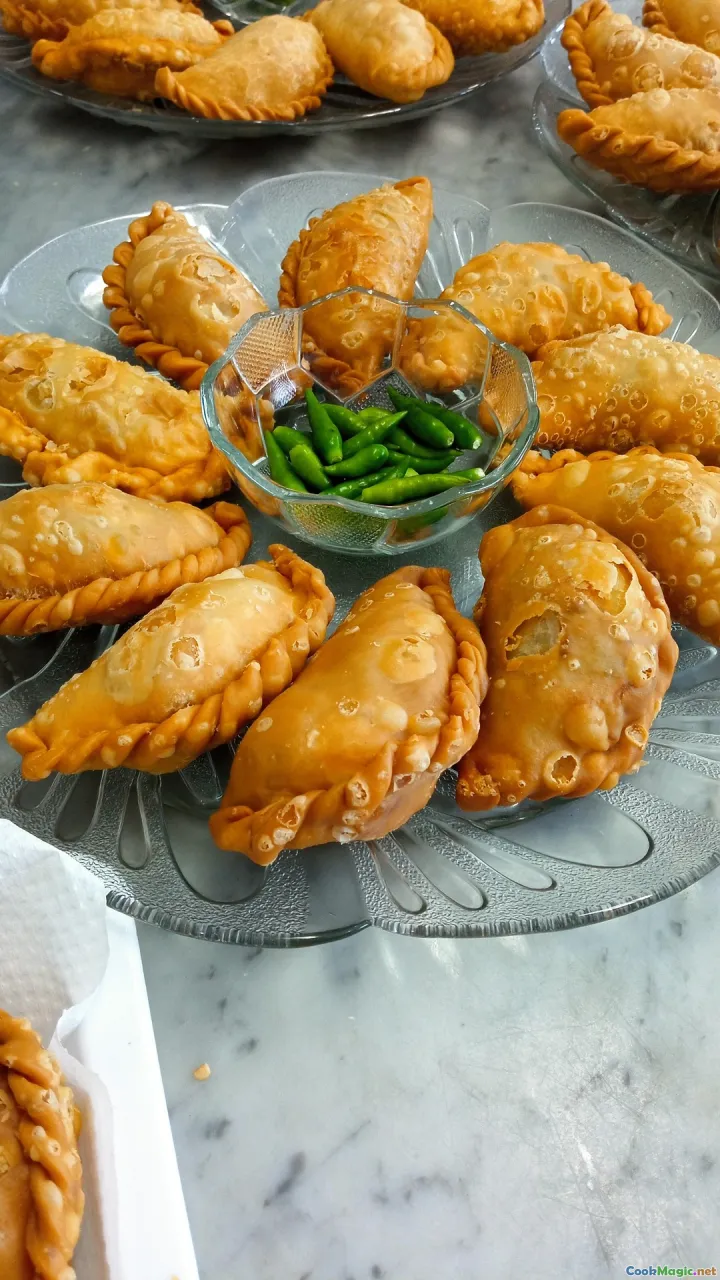
Mastering Puff Puff For Fluffy Golden Bites
There’s something irresistibly warm and nostalgic about the aroma of freshly fried puff puff wafting through Nigerian neighborhoods. These golden spheres, crispy on the outside yet impossibly soft and airy within, are more than just a snack — they are a Cultural staple, a symbol of celebration, community, and home. Whether enjoyed during a festive gathering, a bustling street corner, or a quiet evening with family, puff puff captures the heart and soul of Nigerian street food.
In this comprehensive guide, we dive deep into the art and science behind making perfect puff puff. From ingredients that bring the magic alive to step-by-step techniques and personal tips, you’ll learn how to craft irresistibly fluffy, golden-brown bites that will leave your taste buds singing and your guests in awe.
The Soul of Nigerian Puff Puff
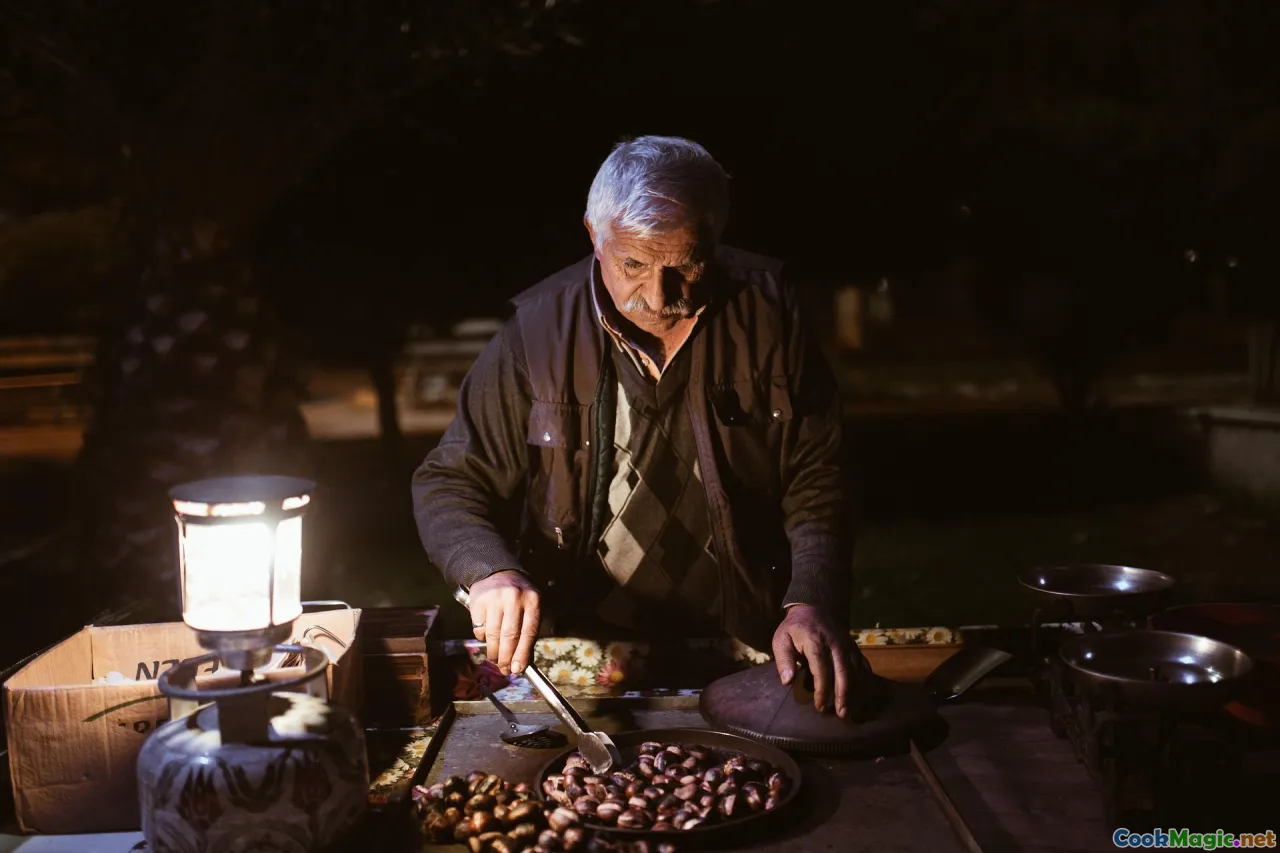
Puff puff’s roots run deep in Nigeria’s diverse culinary tapestry. It’s not just a snack; it embodies communal joy — sold by street vendors amid lively chatter, enjoyed during festivals like Sallah and Christmas, and lovingly prepared in family kitchens. The aroma alone can evoke warm memories of childhood, where every bite felt like a celebration of togetherness.
Historically, puff puff is believed to have been influenced by West African and colonial culinary exchanges, blending indigenous ingredients with hints borrowed from European fried dough traditions. Over generations, it’s evolved, integrating local flavors and techniques, and becoming a cherished icon of Nigerian hospitality.
Essential Ingredients and Their Roles
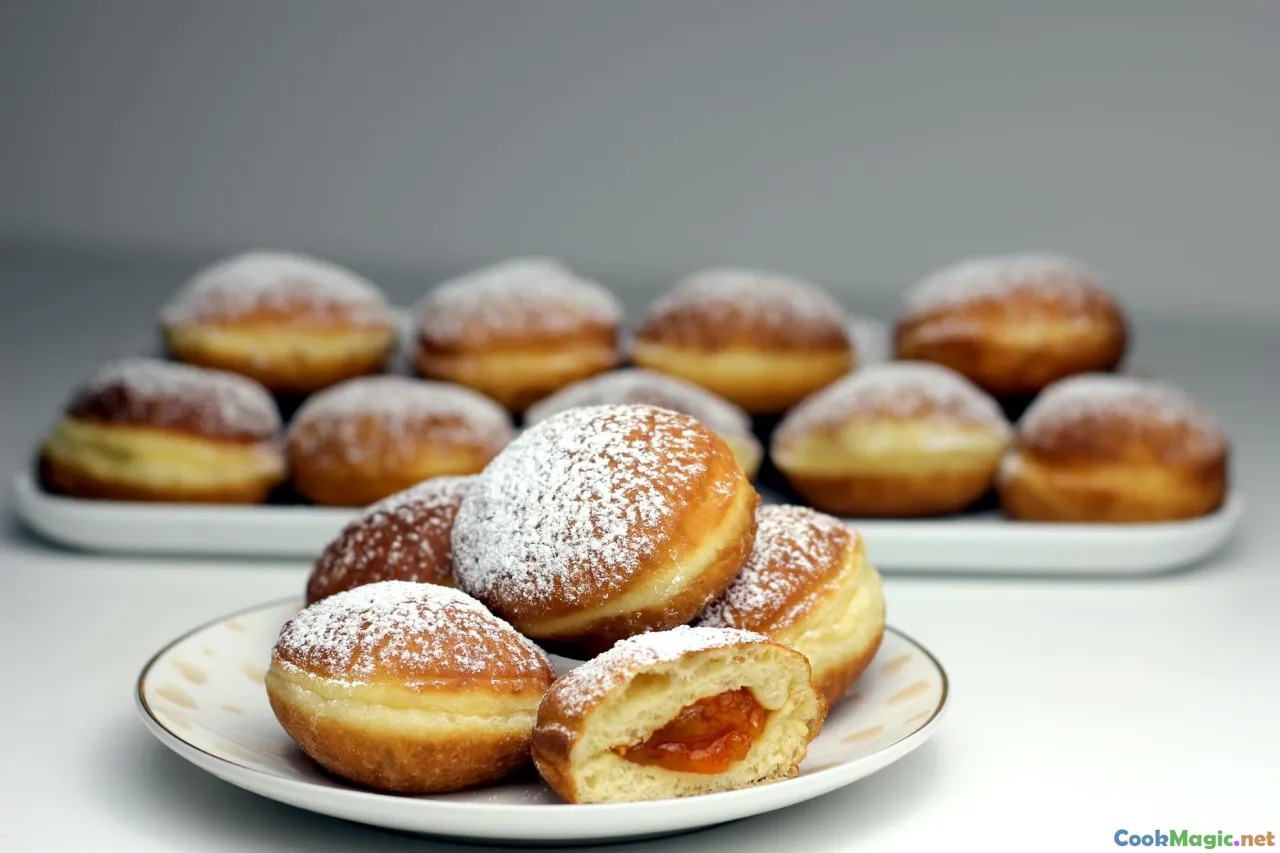
The foundation of a great puff puff lies in carefully selected ingredients. Here’s what you need:
- All-Purpose Flour: The backbone, providing structure and tenderness.
- Yeast: A vital leavening agent, it creates that enviably fluffy texture.
- Sugar: Enhances flavor, helps with browning, and activates the yeast.
- Water or Milk: Moistens the batter, contributing to softness and richness.
- Salt: Balances sweetness and enhances overall flavor.
- Nutmeg or Other Spices: Adds a warm, aromatic dimension.
- Vegetable Oil: For frying; the type and temperature are crucial for achieving that crispy exterior.
Using quality, fresh ingredients ensures that your puff puff will rise perfectly and develop that signature golden hue.
Step-by-Step Guide to Perfect Puff Puff
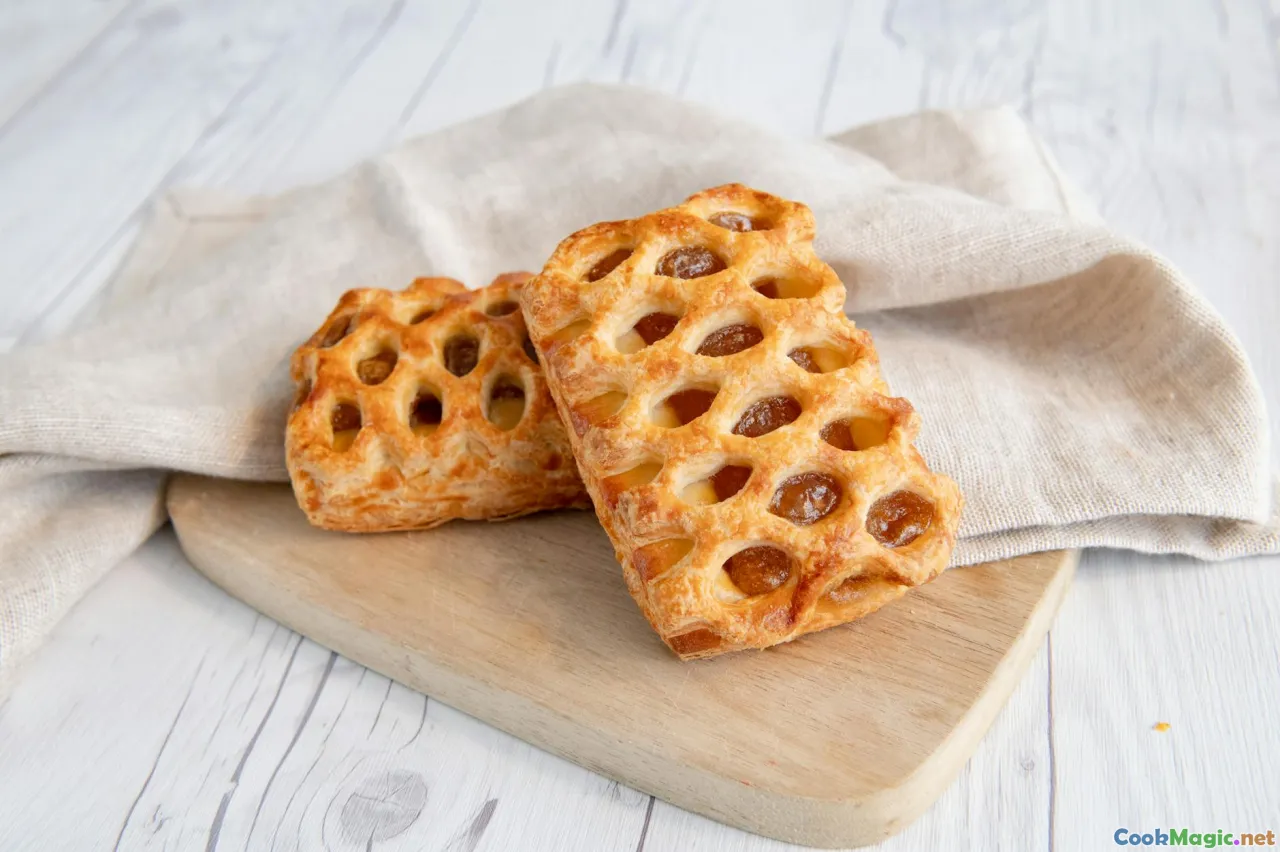
1. Activating the Yeast
Begin by activating your yeast: in a small bowl, mix warm water or milk (not hot — around 110°F or 43°C) with a teaspoon of sugar and the yeast. Let it sit for about 5–10 minutes until frothy. This bubbling indicator confirms your yeast is alive and ready.
Personal tip: Use fresh yeast and ensure your liquids are not too hot, or you’ll risk killing the yeast.
2. Combining the Dry Ingredients
In a large mixing bowl, sift together your flour, sugar, salt, and spices. This step prevents lumps, ensuring an even batter.
3. Incorporating the Wet Ingredients
Make a well in the center of your dry mix, then pour in the activated yeast mixture. Gradually add more water or milk as needed, stirring consistently until you get a smooth, thick batter resembling pancake batter but slightly thicker.
Consistency check: Use the back of a spoon — it should be thick enough to hold shape but not so stiff that it doesn’t drop from a spoon.
4. Fermenting the Batter
Cover your bowl with a clean cloth or cling film and let it ferment in a warm spot for 1–2 hours. During this period, the batter should double in size, with bubbles on the surface and a pleasant yeasty aroma.
Insider tip: Place the fermenting bowl over a warm oven or near a radiator for optimal rising.
5. Frying Your Puff Puff
Heat vegetable oil in a deep frying pan or pot — the oil should be at least 2-3 inches deep. Test the oil by dropping a small amount of batter; if it sizzles and rises to the surface immediately, the oil is ready.
Using a spoon or your hands (preferably lightly oiled to prevent sticking), scoop small portions of batter into the hot oil. Do not overcrowd, as this lowers the temperature.
Fry until they turn a rich, golden brown, turning occasionally to ensure even cooking (about 3–4 minutes). Use a slotted spoon to remove, draining excess oil on paper towels.
Bonus: For an extra touch, you can toss fried puff puffs in cinnamon sugar or honey while still warm.
Achieving the Fluffy, Golden Perfection
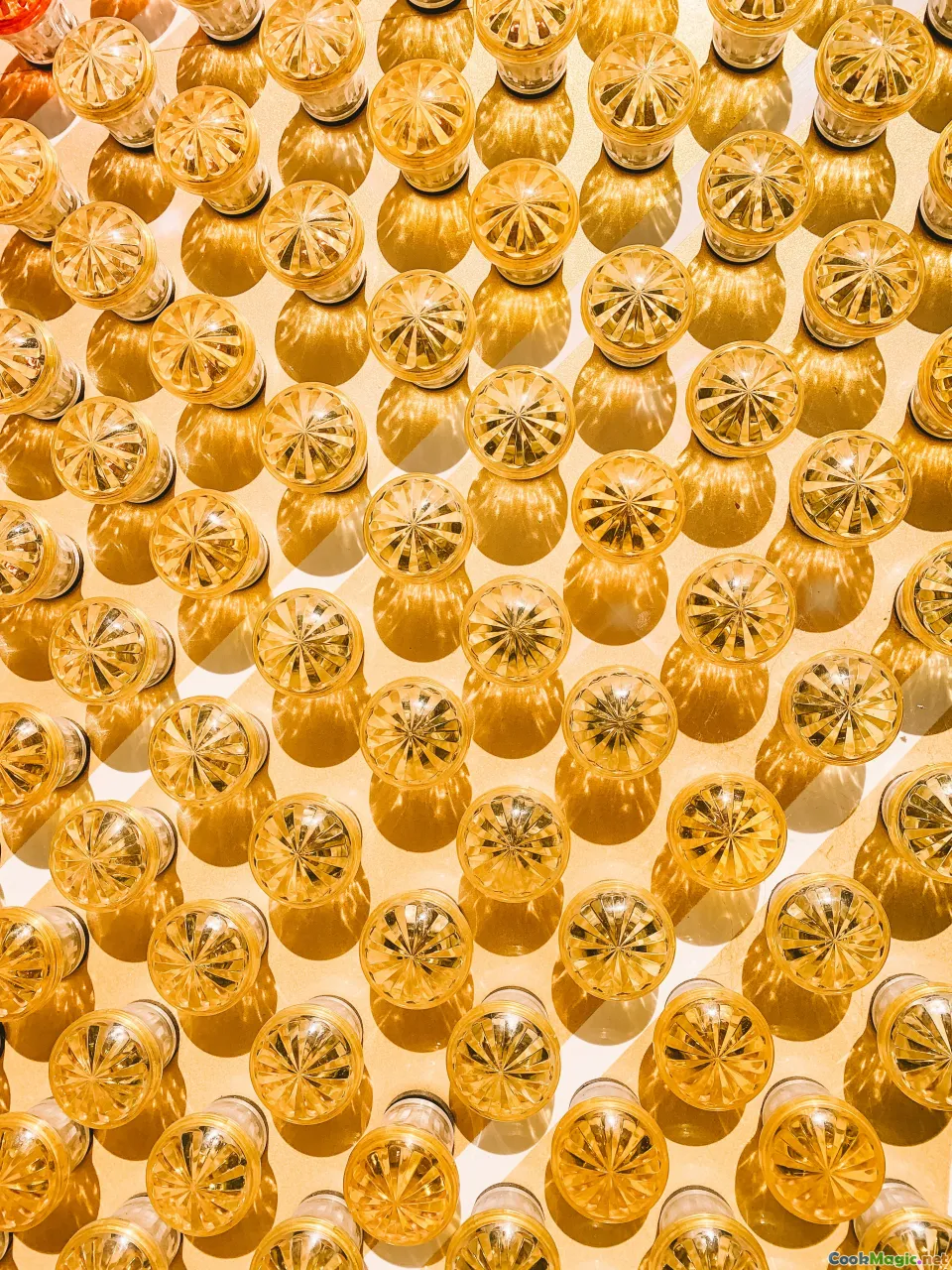
The hallmark of a master puff puff is its airy interior and uniformly golden exterior. Several factors influence this:
- Proper Fermentation: Don’t rush this step; patience yields larger, lighter bubbles.
- Oil Temperature: Too hot, and the outside burns before the inside cooks; too cool, and they become greasy.
- Batter Consistency: Should be thick but pourable. Too thin, and they lose shape; too thick, and they may be dense.
Experiment with small batches to dial in your perfect frying temperature and batter thickness.
Troubleshooting Common Challenges
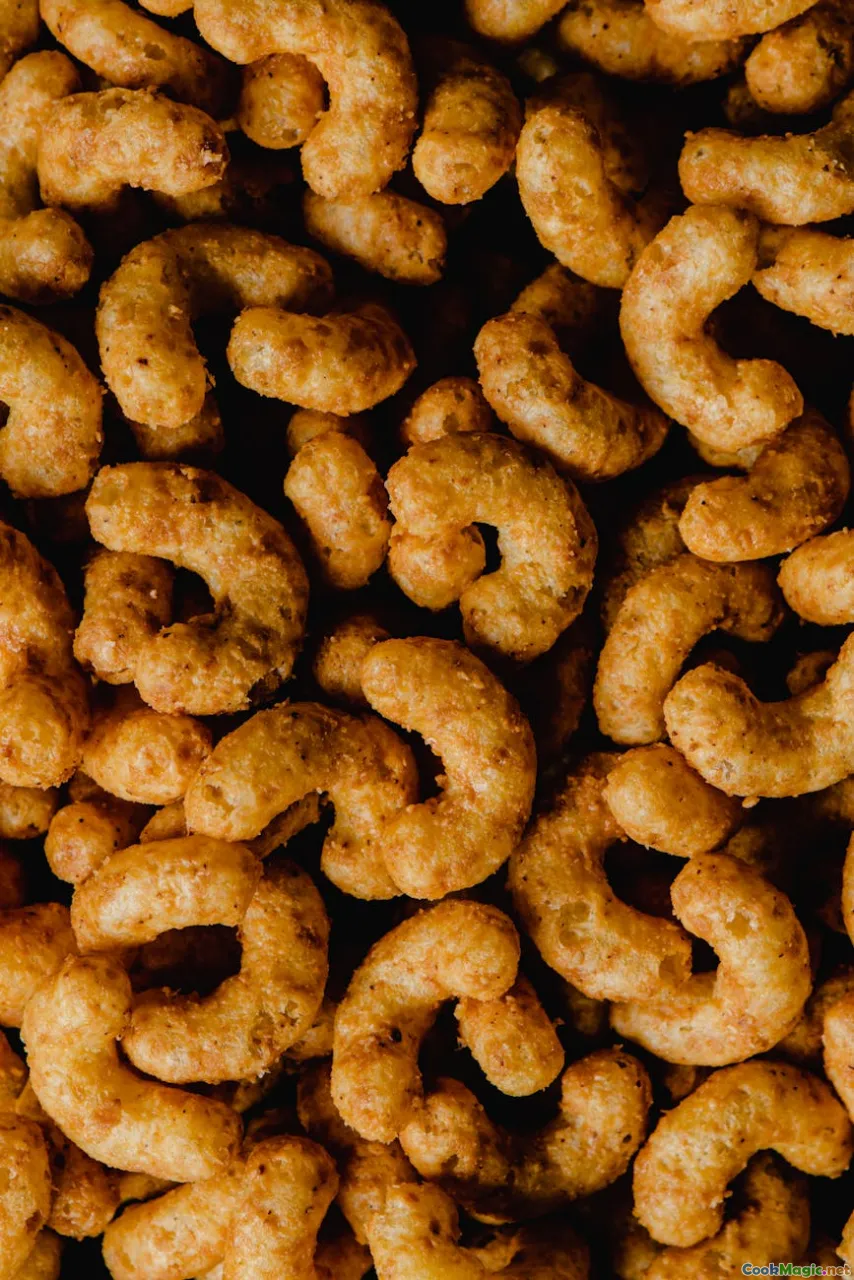
- Dense Puff Puffs: Likely due to under-fermentation or insufficient yeast activity.
- Greasy Texture: Oil too hot or dough too moist; ensure proper temperature and batter consistency.
- Uneven Browning: Maintain a steady heat and avoid overcrowding.
Remember, each kitchen’s conditions vary. Keep notes from batch to batch to refine your process.
Personal Insights and Cultural Touches
Growing up in Lagos, I remember Sunday afternoons topped with aromas of fried dough from street vendors near Olumo Rock or Balogun Market. My grandmother’s version, infused with a touch of vanilla and a hint of nutmeg, elevated this humble treat into a nostalgic treasure.
In Nigeria, puff puff is more than food; it’s a vessel of cultural expression — used to bring families together, celebrate festive milestones, and share stories with a bite in hand. Variations include incorporating mashed bananas, grated coconut, or even a splash of local palm wine for unique flavor twists.
Serving and Presenting Puff Puff
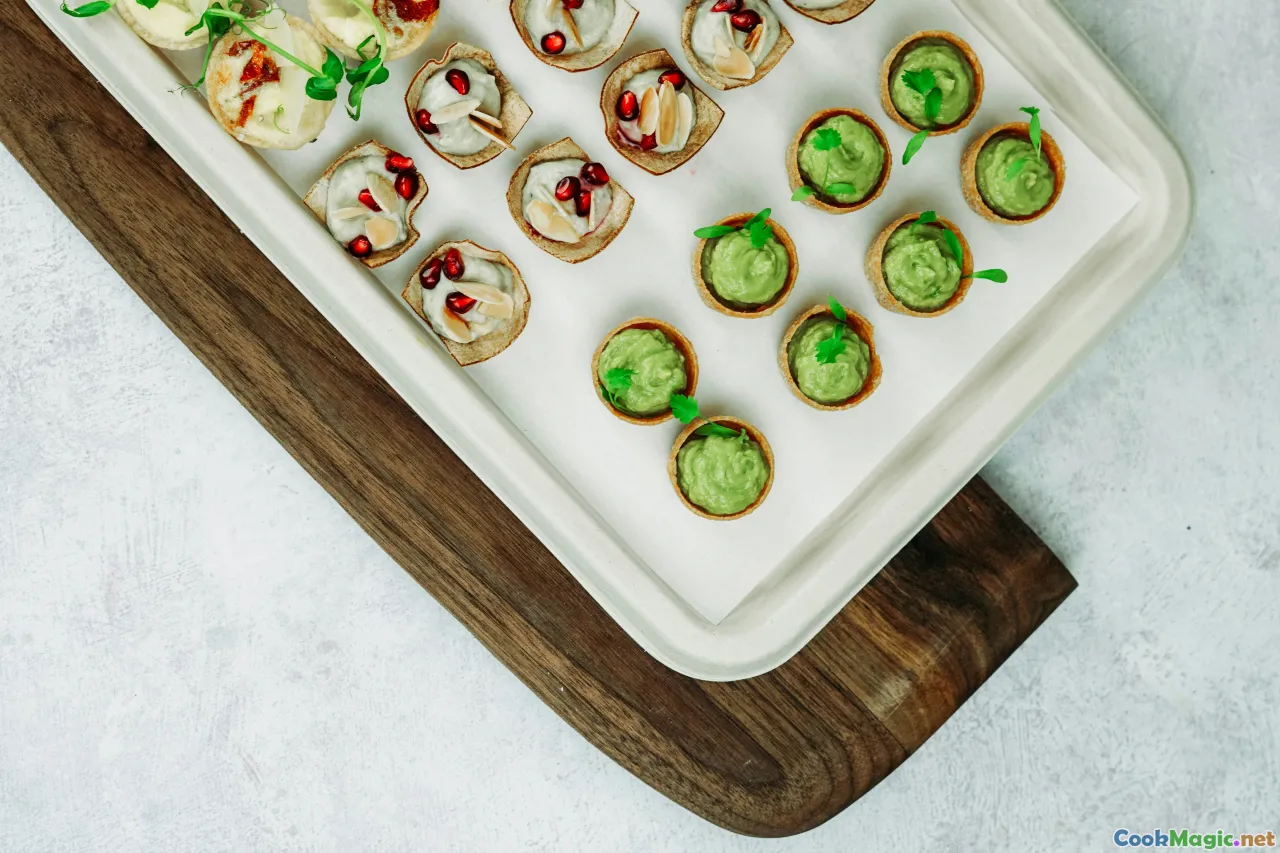
Serve puff puff warm on woven trays or colorful banana leaves for an authentic presentation. Pair with cold beverages like Zobo (hibiscus juice) or chilled palm wine for a true Nigerian street-food vibe.
For a special touch, serve with dips like honey or a dusting of powdered sugar. For a party, create a vibrant platter with a mix of flavors and textures.
Final Tips to Master the Art
- Precision Matters: Measure your ingredients carefully to ensure consistent results.
- Patience is Key: Adequate fermentation and proper frying temperature lead to perfection.
- Experiment and Adjust: Every kitchen environment differs; adjust water, flour, and temperature as needed.
- Share the Joy: Making puff puff is a communal activity — involve friends and family to bring out the fun.
Embrace the Cultural Experience
Mastering puff puff isn’t only about baking; it’s about connecting to a rich history and sharing that joy with others. As you knead, ferment, and fry, imagine the generations of Nigerians who have savored this delightful treat and the stories that it’s carried through time.
Whether you’re recreating a childhood memory or discovering a new traditional delight, each puff puff you make brings a piece of Nigerian warmth into your home — fluffy, golden, and heartwarmingly delicious.
Dive into this culinary journey and let every bite remind you of Nigeria’s vibrant spirit, resilience, and communal love. Happy frying!









